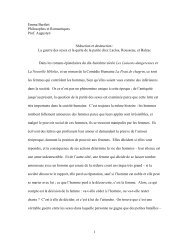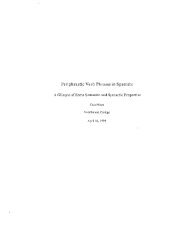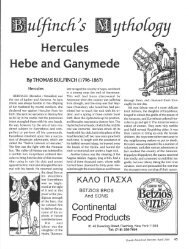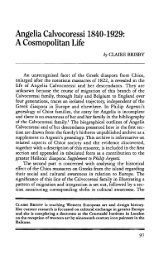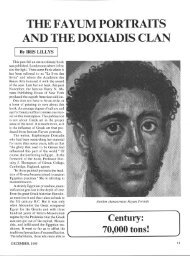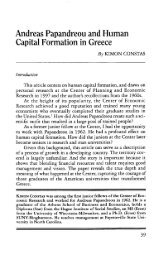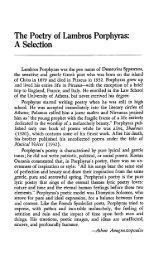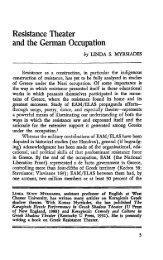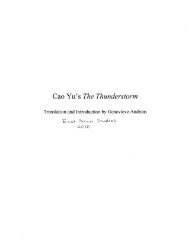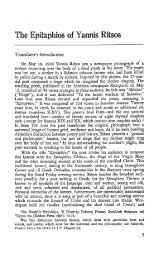Translating Neruda: Femininity and Sensuality ... - Triceratops Home
Translating Neruda: Femininity and Sensuality ... - Triceratops Home
Translating Neruda: Femininity and Sensuality ... - Triceratops Home
You also want an ePaper? Increase the reach of your titles
YUMPU automatically turns print PDFs into web optimized ePapers that Google loves.
Mueller 28<br />
However, there is less explicit sexuality in “Oda a la madera” than in “Poema 7,” <strong>and</strong><br />
therefore less potential temptation to expurgate material that might offend the<br />
contemporary social values of the intended reader.<br />
Certain moments in this poem point specifically to the influence of a translator’s<br />
own underst<strong>and</strong>ing on the reliability of a translation. While many differences between<br />
translations are simply the result of choosing one form of equivalence over another when<br />
moving between languages, some reflect an apparent error on the translator’s part. In the<br />
fourth stanza here, Nathaniel Tarn translates “tus pálidas espadas muertas” as “your pale<br />
dead shoulders.” The word “espadas” means “swords” in English, <strong>and</strong> the other three<br />
translators render it thus. Tarn’s use of “shoulders” could potentially be the result of<br />
misreading “espadas” as “espaldas,” which means “backs,” but does not otherwise make<br />
sense. It has the result of increasing the corporality of this stanza, however: when<br />
followed by “your gathered hearts, / your silent multitude,” Tarn’s translation gives this<br />
stanza a more concrete sense of humanity than is present in the original, interrupted as it<br />
is with the unnatural image of “dead swords.” This example serves to illustrate how the<br />
translator’s own comprehension of the poem is ultimately the primary determining factor<br />
in whether or not an image comes across in translation. The abstract nature of <strong>Neruda</strong>’s<br />
images means that this apparent mistake does not sound particularly out of place from the<br />
rest of Tarn’s translation. This is one of the great risks of reading translation: the<br />
monolingual reader has no choice but to trust that the translator has correctly understood<br />
the entirety of the source text.<br />
The subsequent stanza contains another difference between Tarn’s translation <strong>and</strong><br />
the other three. In <strong>Neruda</strong>’s “Soy yo ante tu ola de olores muriendo,” the other three



